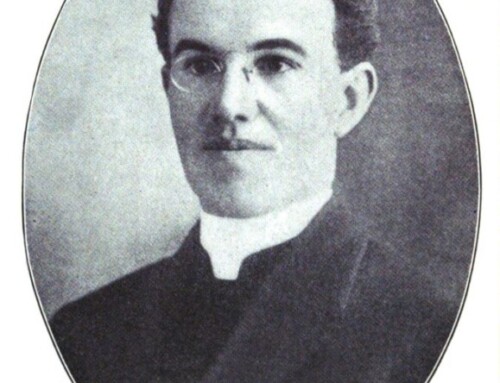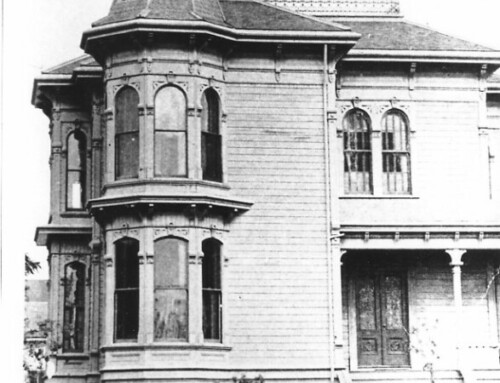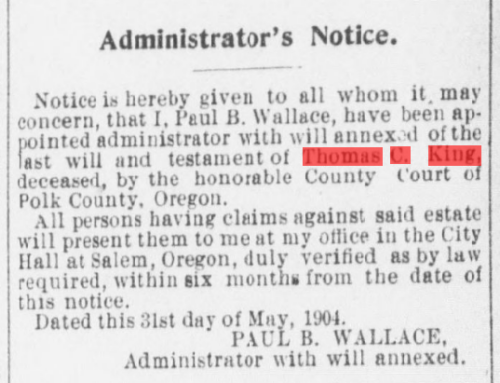by Richard van Pelt, WWI Correspondent
End of Year Summary
The purpose of this chronicle is not to tell the story of the Great War. It is to let the 21st Century reader apprehend the events as they occurred, as read and interpreted by readers in 1914. Enough has been presented to let us reach some initial conclusions.
The War Was A Melange of Old and New
The forces facing each other had a wealth of new technology. The equipment was better, more accurate, and more lethal. Killing occurred and at a greater range. The single most significant advance in war fighting technology was the machine gun. A single machine gun could pour hundreds of rounds a minute into an advancing force.
Thus the generals sent their troops into battle at a slow walk, as they had been taught and had been the strategy for centuries before. The quick strike force was the horse cavalry. It was a case of 19th century thinking opposed by 20th century technology in the form of the machine gun.
Yet with all of this killing power, soldiers went into battle without helmets. The soldier and cavalryman often went into battle, especially the French, in brightly colored uniform, or charged the enemy on horse with brightly polished cuirass, plumed helmet and lance.
Strategy
With modern technology, war was fought at the outset according to precepts Napoleon, Caesar, or Hannibal would have understood. The commanders understood these three better than they did the technology that were to employ in this war.
Contingency planning did not exist. The plans for war had been carefully crafted in anticipation of what a Europe-wide war would look like.
Germany knew that a Europe-wide war meant fighting on two fronts. They had no plans for fighting on just one front. Germany was the most prepared of the belligerents. The highly coordinated mobilization plans were predicated on attacking and defeating France at the outset. For more than a decade, German war plans called for a sweep through Belgium and the encircling of Paris that would occur swiftly.
France’s strategy was the same, but to occur through Alsace in the east.
What was missing on the Allied side was the ability to coordinate the actions of the armies involved in the fighting. France could only trust that British forces would work in concert with her armies.
The strategies of all sides did not include what to do when the grand strategy failed.
Strategy Meets Reality
When the war began, Germany struck hard and struck fast. The French fell back, but did not collapse and largely kept their forces intact. The British force was very small, led by a timid Field Marshall who did not trust his French counterparts.
The Germans did not stick to their grand plan. They seized territory without defeating either the French or the British. Over extended and probably over confident, they were not able to effectively react when British and French lines solidified and the allies began to counter attack.
By late fall of 1914 the western front stabilized and we see the beginnings of the trench warfare that will come to define the war, aided by one very simple and humble advance in technology from this country – barbed wire – and one terrifying advance in technology – gas.
As the papers report, the strategy evolved into a variation of the last man standing. The best defense was an effective trench. Trench warfare rapidly evolved, to the point that soldiers were invulnerable to all but a direct artillery strike – or gas. Going over the top meant crossing a no-man’s land bare of cover. Reaching the objective meant cutting through the barbed wire which was little affected by artillery and into the withering fire from the opposing side.
New Years Day fell on a Friday. Readers of the Capital Journal opened their papers to read of an admission by the French that the Germans had gained 50 yards in the Argonne during fighting “described as of terrific violence.”
 By the start of 1915, the war settled into the five hundred miles of trenches that were to constitute trench warfare for the next three years. A German comic paper published a cartoon in which two French officers are depicted measuring the day’s advance with a yard stick in order to make up their report. The record for the winter of 1914 was a chronicle of fifty yard gains: a farmyard, a trench or two, a corner of a cemetery or small village. Cemeteries, villages, and water mills would enter the history and memory of those who fought. Readers would become familiar with tiny spots that did to show up on maps, but would show up in the papers week after week for the duration of the war.
By the start of 1915, the war settled into the five hundred miles of trenches that were to constitute trench warfare for the next three years. A German comic paper published a cartoon in which two French officers are depicted measuring the day’s advance with a yard stick in order to make up their report. The record for the winter of 1914 was a chronicle of fifty yard gains: a farmyard, a trench or two, a corner of a cemetery or small village. Cemeteries, villages, and water mills would enter the history and memory of those who fought. Readers would become familiar with tiny spots that did to show up on maps, but would show up in the papers week after week for the duration of the war.
The paper’s editor commented on the small gains: “France having got the fighting down to a yardage basis, refuses to count any day’s gains of less than two feet twelve inches. Considering their brilliant bayonet charges are made with the pick and spade, and underground at that, a yard a day is really good work under the existing conditions. The army is working steadily which accounts for the steady gains, and the work is being rushed with three shifts a day.”
During the first five months of the war an average of 2000 soldiers were killed every day. The population of France in 1914 was 41.4 million. The population of the United States in 1914 was 99 million. To put these casualties in context, 2000 French deaths every day would be the equivalent of nearly 4800 American deaths, or in today’s terms would be over 15, 365 deaths every day.
The paper reported that the British battleship, Formidable, struck a mine or was sunk by a German U-boat in the English Channel. Seventy one of its complement of 780 were rescued.
In Washington, the paper reported that President Wilson “arose at 3 a.m. today, threw on a bathrobe and pattered to the office of Chief Usher Isaac Hoover, where he touched a telegraphy key which set the Panama California exposition at San Diego in motion at the stroke of midnight, Pacific time. Then he pattered back to his room and again went to bed.”
The headlines reported that “San Diego Grounds Ablaze With Light at Great Opening.”
In Arizona New Years was delayed: “New Year Delayed In Arizona Towns – Clocks Set Back While the Old Timers Took Final Whacks At the Demon Rum.” Clocks were set back six hours at sundown “while hotels, cafes and saloons saw to it that all chronometers were stopped entirely. The occasion was the coincident arrival of the new year and the hour for the state prohibition law to become effective.” The paper reported that “every bar in the city was packed to the walls all night. Professional men and laborers drank champagne together out of beer glasses.
In Pasadena the second mid-winter floral parade drew an estimated 150,000. The parade theme was “An Hour in Fairyland.”
New Years in Salem began with a bang: “the bombardment which startled the residents of Salem last night was from the four-inch brass cannon which guards the armory during these days of peace. The old field piece was unlimbered at midnight for the purpose of booming in the new year and several shots were discharged in order that the smell of powder might greet the new year as it was greeted in some quarters of the old world.”







Leave A Comment